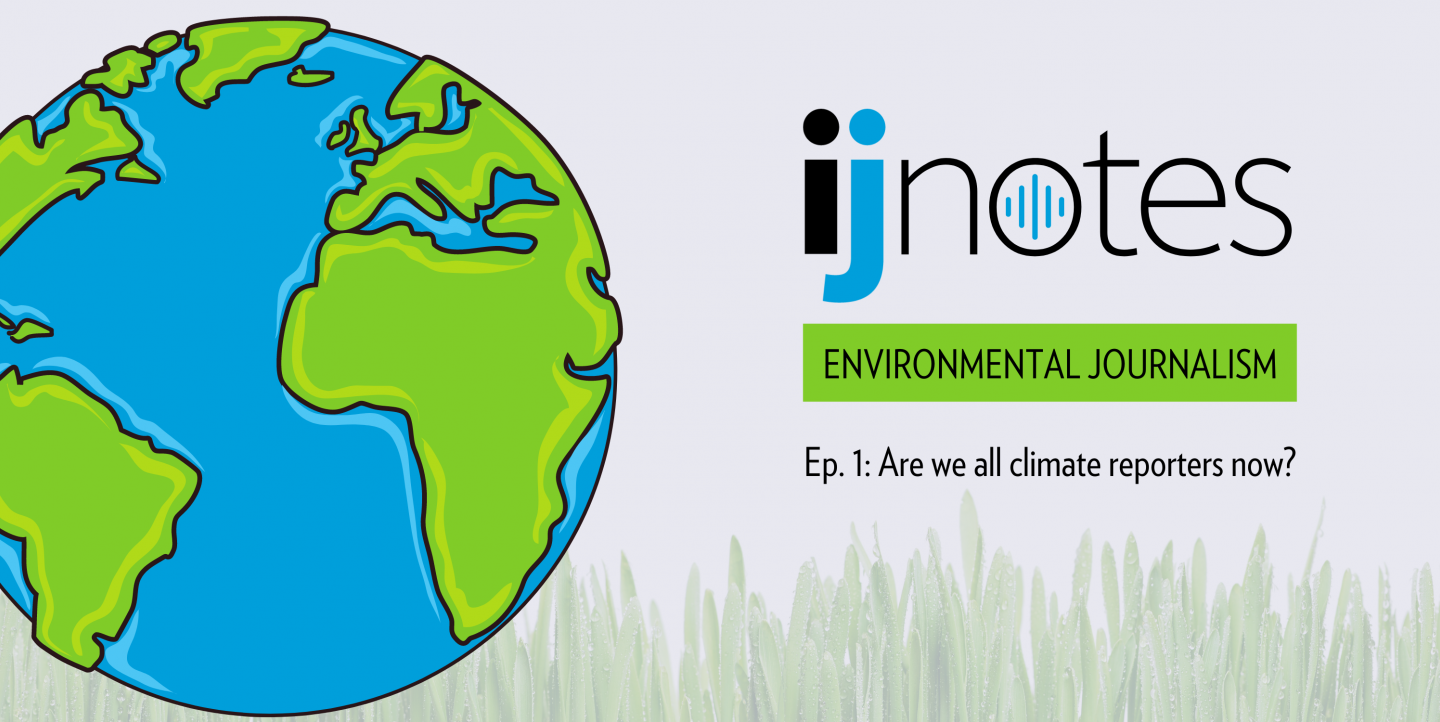Scientists have warned for years of the consequences that human pollution, and our warming planet, will have.
Today, from flooding and wildfires, to droughts, heat waves and hurricanes of increasing intensity and frequency, we’re experiencing these repercussions, and experts agree they’ll only get worse.
In the coming years, more journalists than ever will be needed to report on our deteriorating environment. They’ll be tasked with covering the crisis and its fallout from all angles — and as comprehensively as they’ve reported on the COVID-19 pandemic.
[Read more: Reporting on COP26? Here's what to focus on.]
This is why we’ve decided to focus on environmental reporting for our new IJNotes podcast series. To kick things off, I spoke with journalist Sebastián Rodriguez, who today is the editor in chief of Climate Tracker, an international nonprofit that supports and trains environmental reporters around the world. He previously was an editor for Ojo al Clima, the first climate news site in Central America.
In this first episode, Rodriguez discusses how he approaches the climate beat, and why the increasingly dire global climate crisis requires that journalists collaborate to cover it effectively. He shares advice for fellow journalists reporting on the environment, and discusses what environmental issues are top of mind for his audience in Costa Rica.
Listen here:
We’ll let you know on our Twitter, Instagram, LinkedIn and Facebook pages when we release our next episode, so make sure to follow us there if you haven't already.
All episodes will be available on Apple Podcasts, Spotify, Stitcher, Buzzsprout, TuneIn and SoundCloud.


